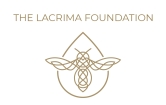
For over three centuries, experience, traditional knowledge, and expertise have been passed down through generations in our family. The LACRIMA Foundation created LacriNest, the world’s first-ever 3D-printed wood log hive, which will effectively allow the bees to live in an undisturbed ecosystem in synergy with their seasonal rhythms.

Since its origins in 1627, each generation of our ancient Beekeeping Craft Masters has carefully safeguarded techniques, skills, and craft secrets, which could not be learned elsewhere. Rooted deeply in the harsh climate of Russian taiga, traditions, which are often many thousands of years old, transforms into creative dreams and remarkable stories.
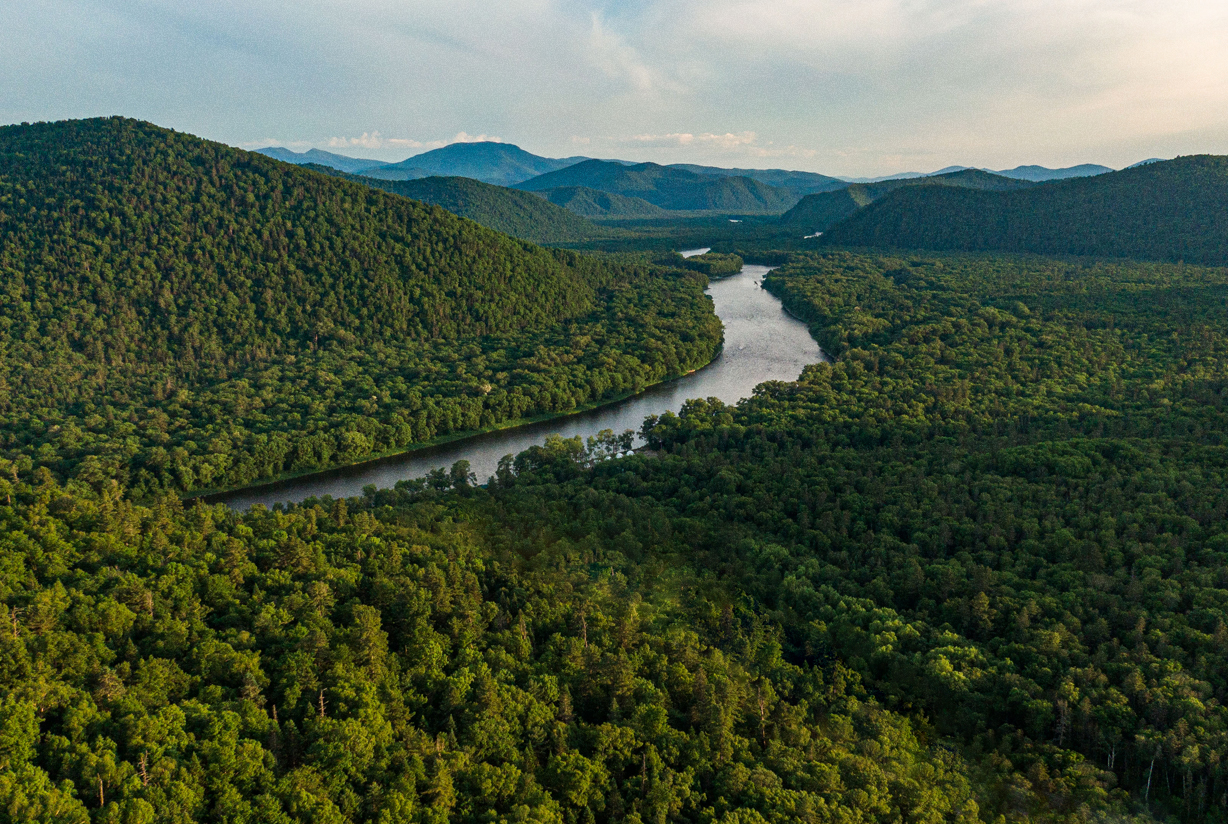
We integrated all the available research data and based our conservation strategy on a holistic approach to beekeeping. Natural nest habitat is the key aspect for the preservation and renewal of the health and resiliency of honey bees. Therefore, the restoration of natural bee habitat is an essential part of our effort to restore the genetic diversity, adaptability, and vitality of honey bees.
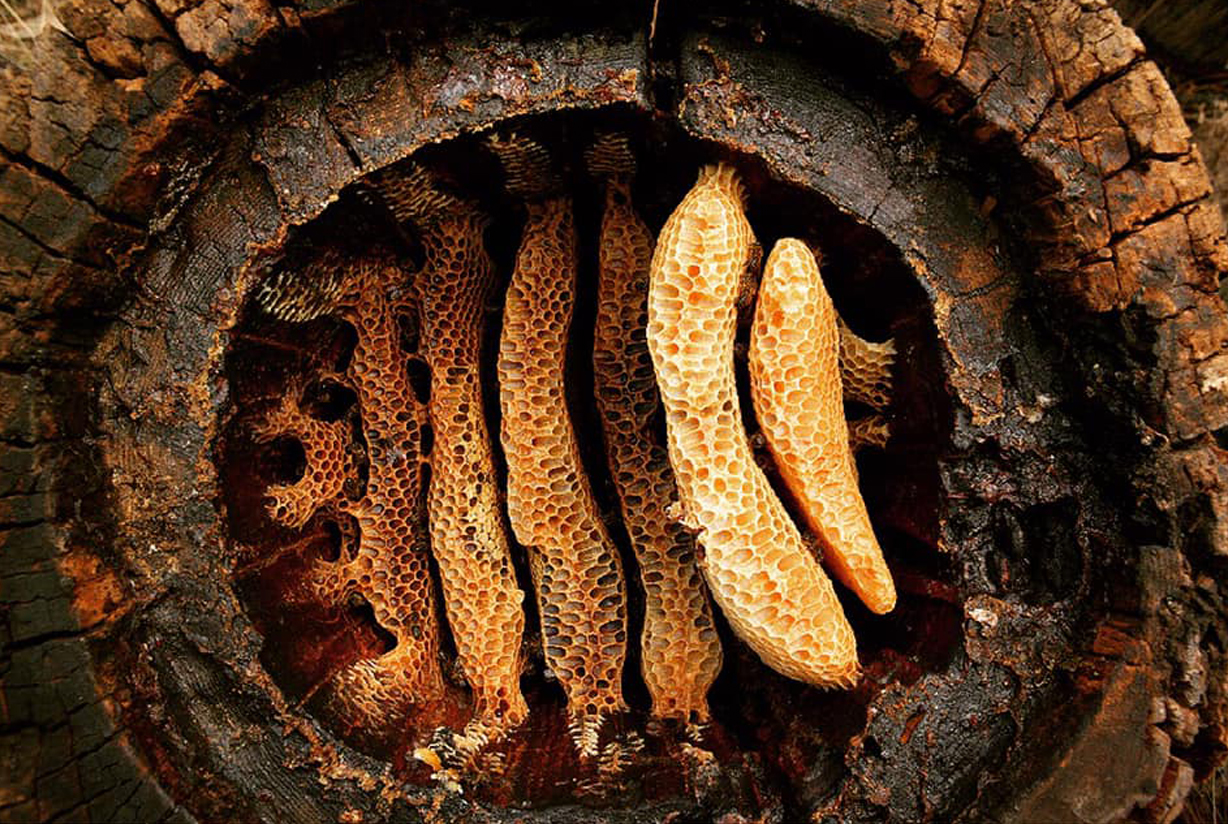
The LACRIMA Foundation strategy has been designed around the installation and care for natural apiaries using state-of-the-art 3D printed wooden log hives installed within the higher section of the tree trunk. Not only do these artificial hives support nest integrity and emulate natural nest parameters for honeybees, but also research data confirmed the thesis of the extraordinary resiliency and levels of health present in wild populations of honeybees living in these types of hives.
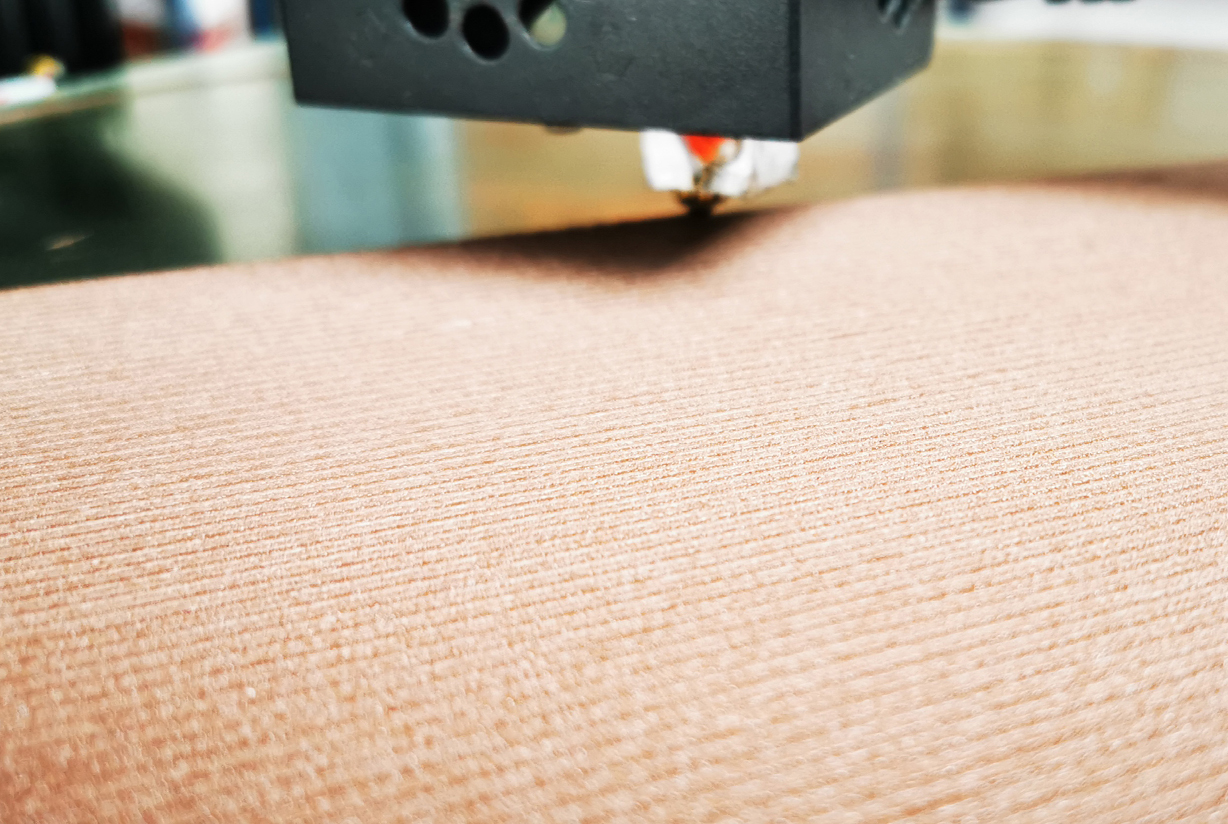
Our project is innovative in terms of using a new methods, created by combination of three fundamental elements - a proved ancient knowledge and skills, the latest scientific research and utilizing the technological innovation system of Remote Hive Monitoring and 3D Printing. We offer one of a few efforts to restore natural bee habitat and if managed successfully this will in effect provide long term sustainable solution and platform. The mission to restore the genetic diversity, adaptability and vitality of honey bees is vital to have a sustainable life on our planet.
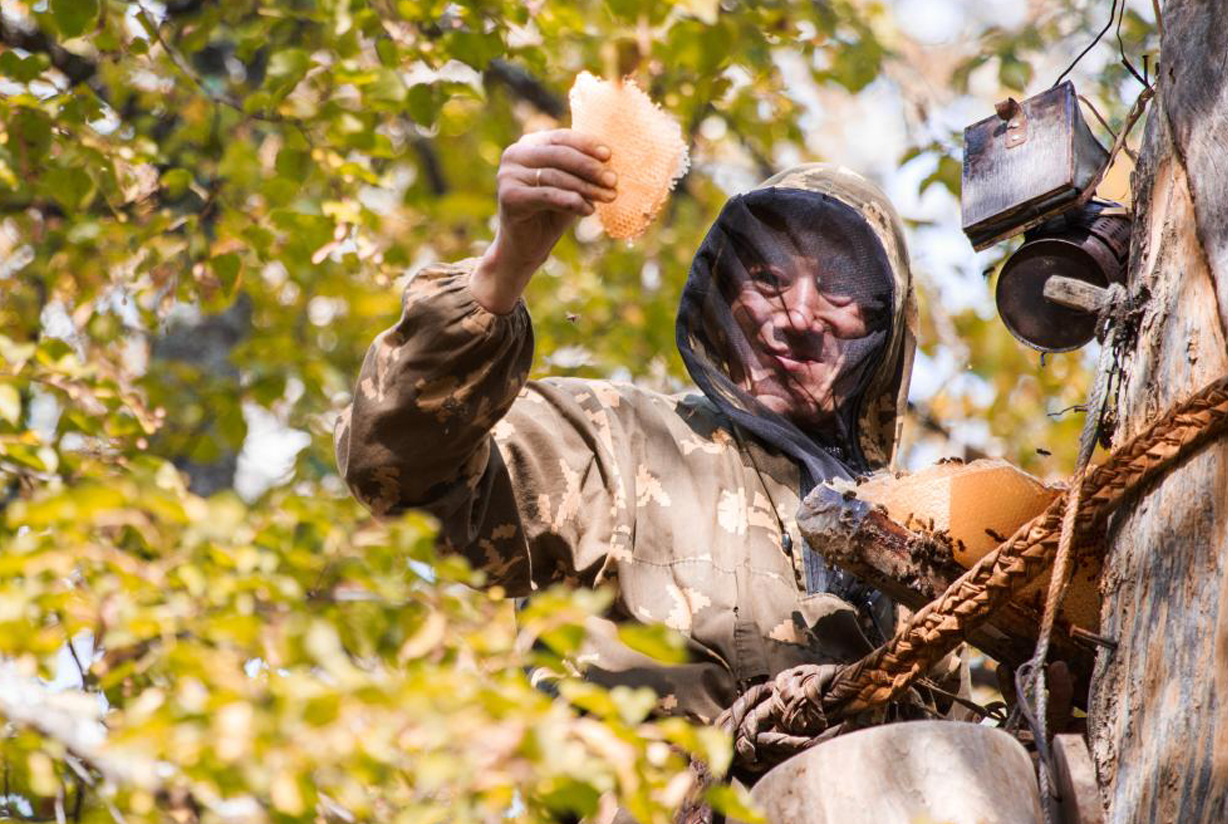
The overall actions to be taken to investigate and resolve problem of high global bee-mortality rate and the rationale for the application of specific procedures or techniques used to identify, select, process, and analyse information applied to understanding the problem. In this case, working at the grass-roots level with the semi-nomadic people of Bashkortostan helped us to create a proficient strategy to restore health in the bee population and to highly likely end the cycle of colony destruction.

We are expecting that over the next 3 years horizon, the project will be successfully established and anchored in at least three countries with a sufficient base of strategy supporters, practitioners and volunteers. Additionally, implementation of the conservation strategy will be spread further to the USA and Bashkortostan and will further develop a horizontal scaling-up strategy in pre-selected suitable beekeeping communities via expansion and replication of knowledge, skills and resources acquired in previous steps. Monitoring and evaluation reports will be shared with donors and partners regularly and on time.
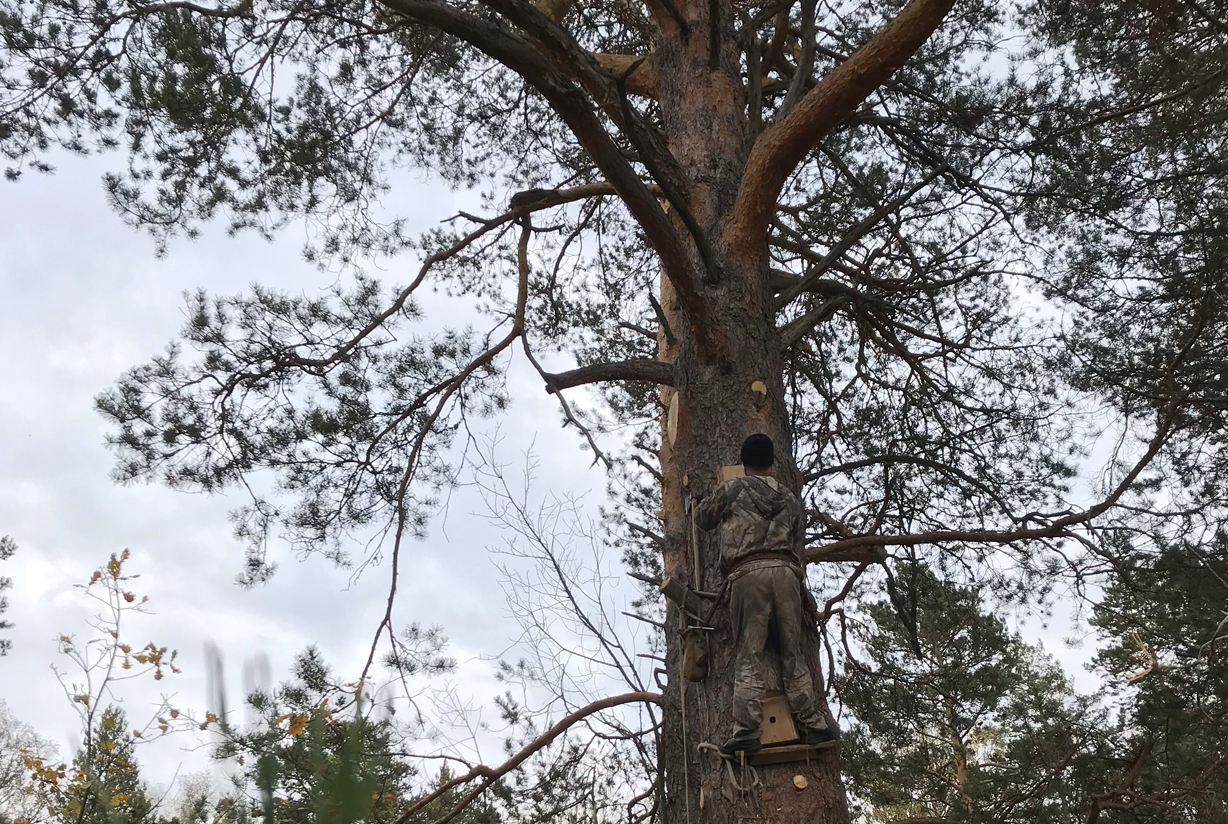
The LACRIMA Foundation estimates that within 3 years our LacriNest, 3D printed wood log hives could provide up to 3000 natural apiaries across the countries where these will be implemented, considering survival rate up to 80% in 2nd year we estimate a total of 100 million of honey bees to be rewilded.